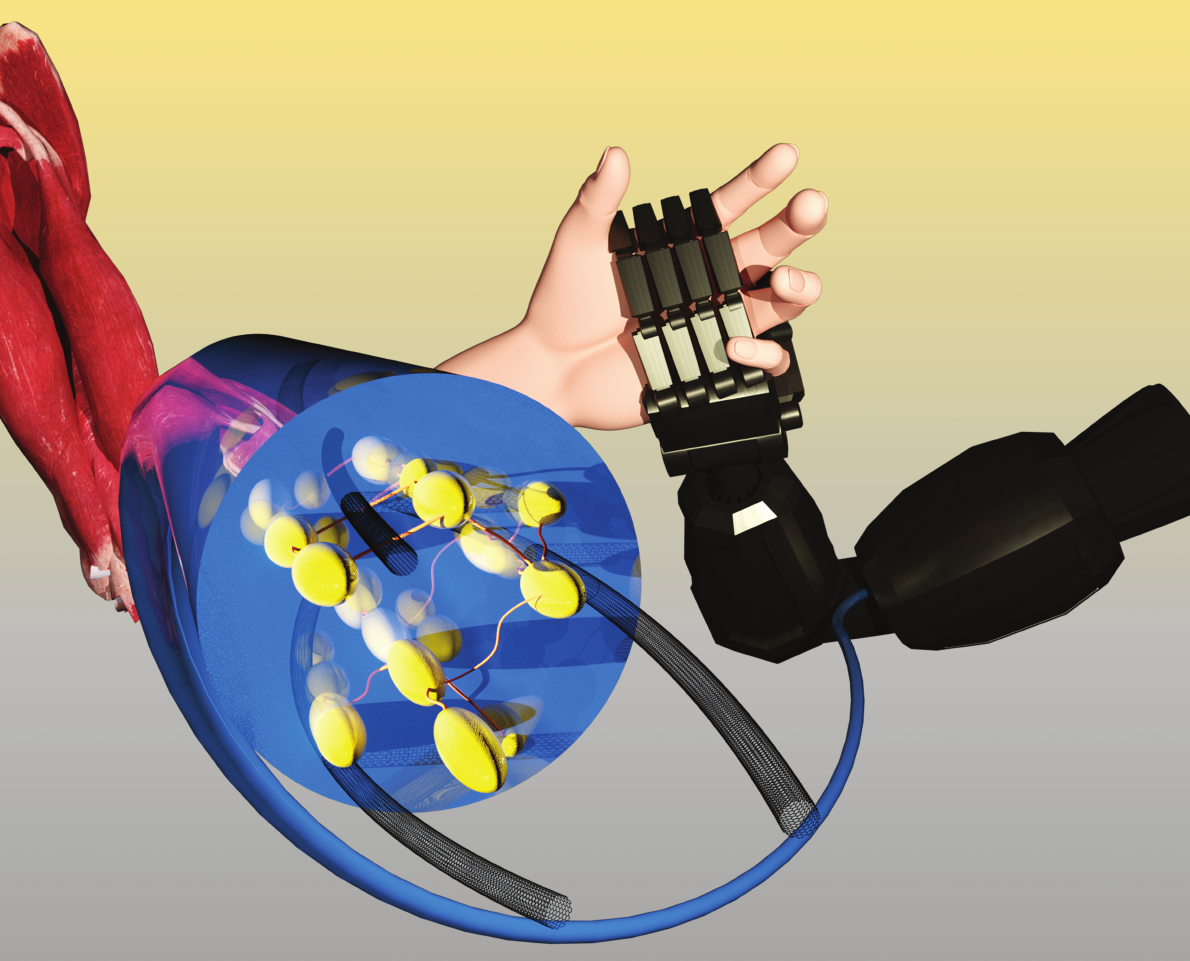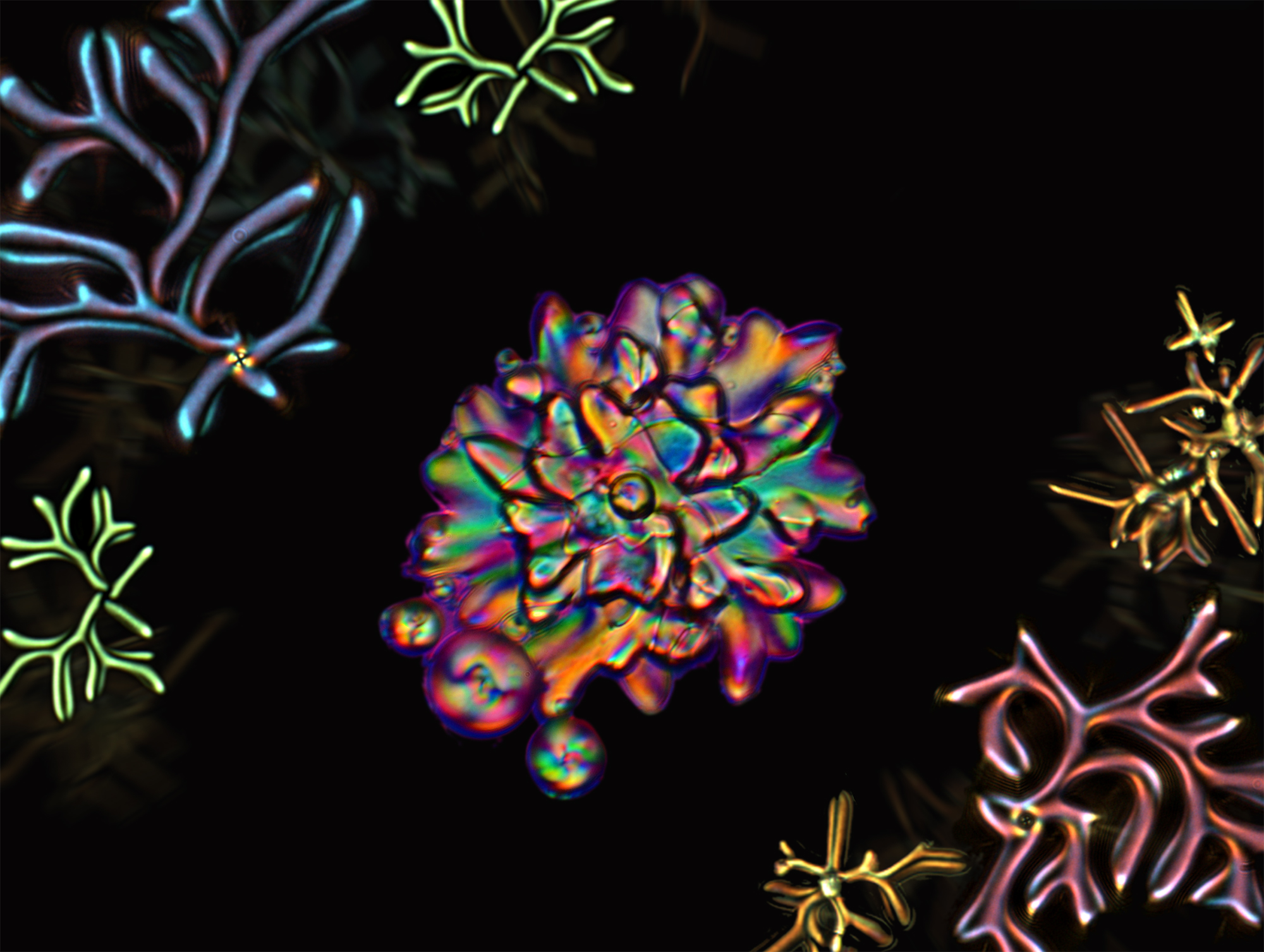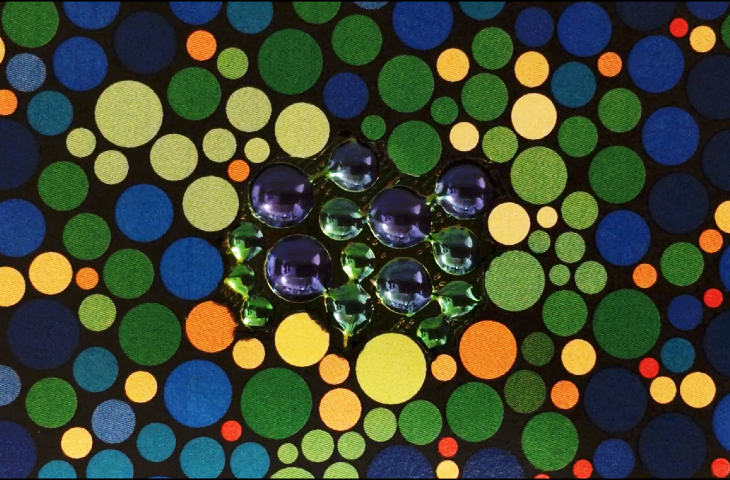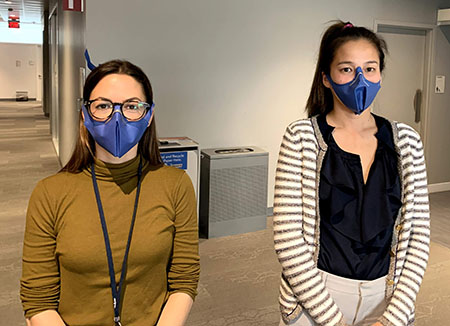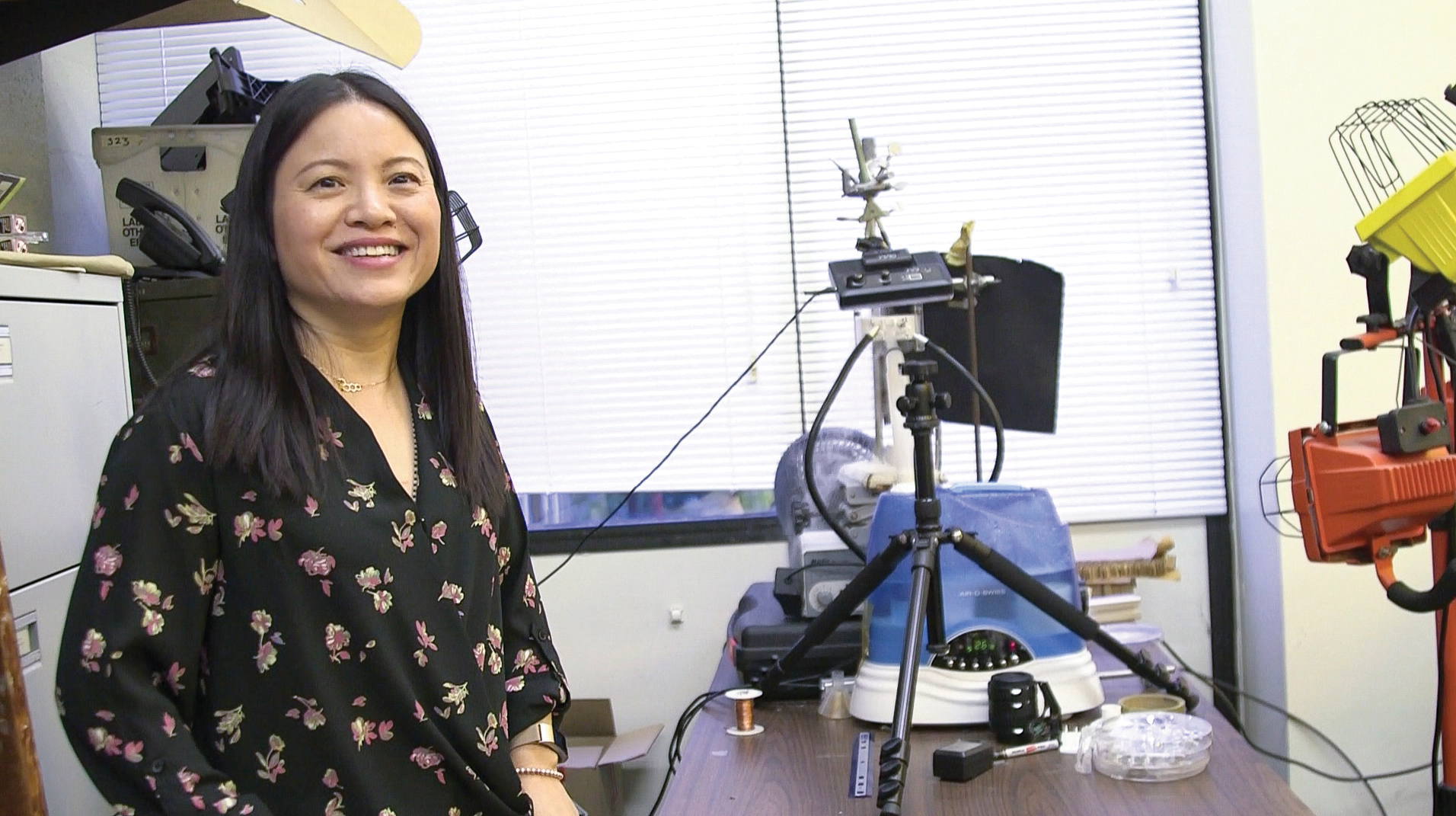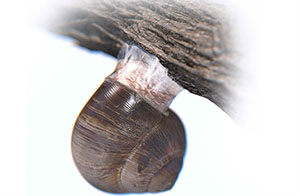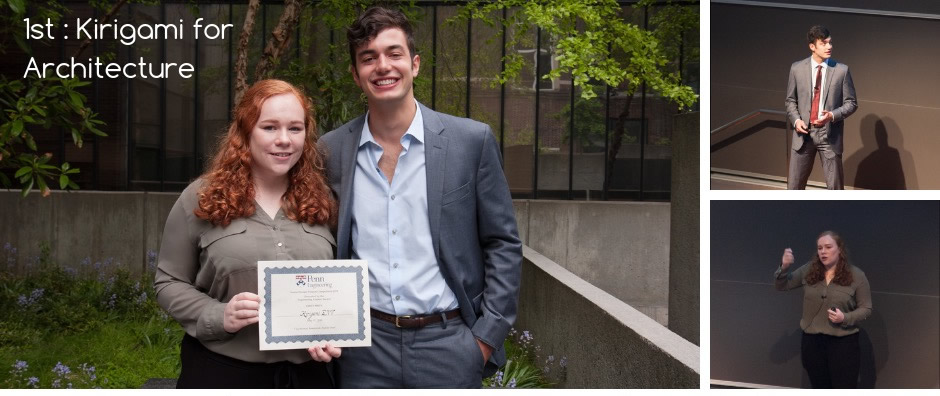Soft Robots using Muscle-like Composite Actuators
Liquid crystal elastomers (LCEs), known for their reversible and anisotropic deformation, are promising candidates as embedded intelligent actuators in soft robots. Using an extrusion process, meter-long LCE composite filaments that are responsive to both infrared light and electrical fields are fabricated. When a small quantity of cellulose nanocrystals (CNCs) is incorporated to facilitate the alignment … Read more
